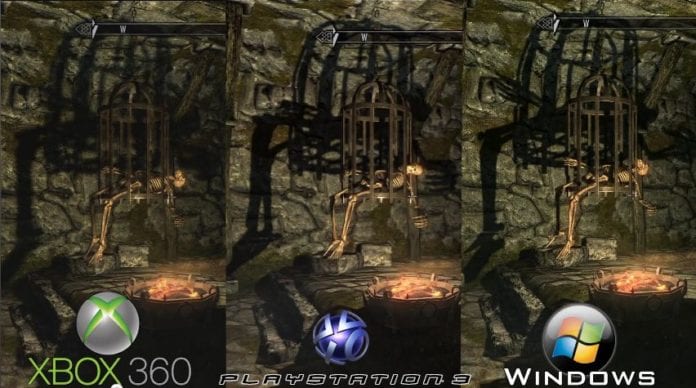So you have a new PC game installed and you’re so excited to try it out. But the first thing that you do is mess up with the PC graphics.
We usually check the graphics of a game especially if it’s an intense one. But what about those people who just started to play a game and doesn’t know anything about the settings?
Here’s a short introduction or discussion about graphic settings.
PC Graphics
-
Frames-per-second
Also known as FPS is fairly self-explanatory. It’s the number of still frames projected on-screen per second. The higher the FPS, the smoother the game is (League of Legends fans know how frustrating an FPS drop is).
It’s not really an in-game setting but it can be adjusted. This depends on your computer or laptop’s specs.
-
V-Sync (Vertical Sync) and Refresh Rate
This is a method of locking your FPS rate to you Display Refresh Rate. Keeping these two synced can eliminate screen tearing.
V-Sync, withholds frame data, which results to an in-game lag. There’s going to be a delay because of this so it’s better to disable V-Sync if you’re a competitive gamer.
-
Resolution
This tells us how many pixels (dots of color) are displayed onscreen. The higher the resolution is, the sharper the display is but it’s not always okay.
Any resolution below your screen’s resolution will look blurry.
-
Motion Blur
The environment will blur as you look around to emphasize a sense of motion. The textures which are still relative to the environment are not affected.
-
Shadow Quality
Another self-explanatory setting. The higher the setting is, the finer the shadows in your game. This is rendered unnecessary for some, but great graphics can really catch your interest.
















